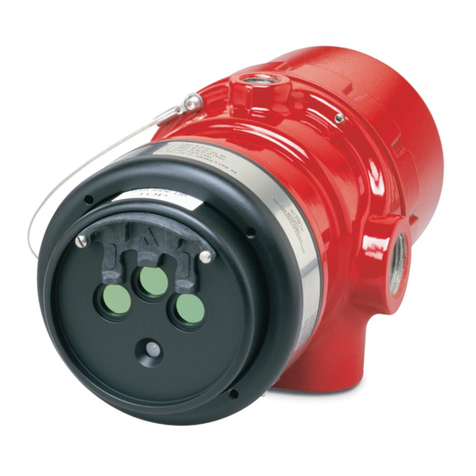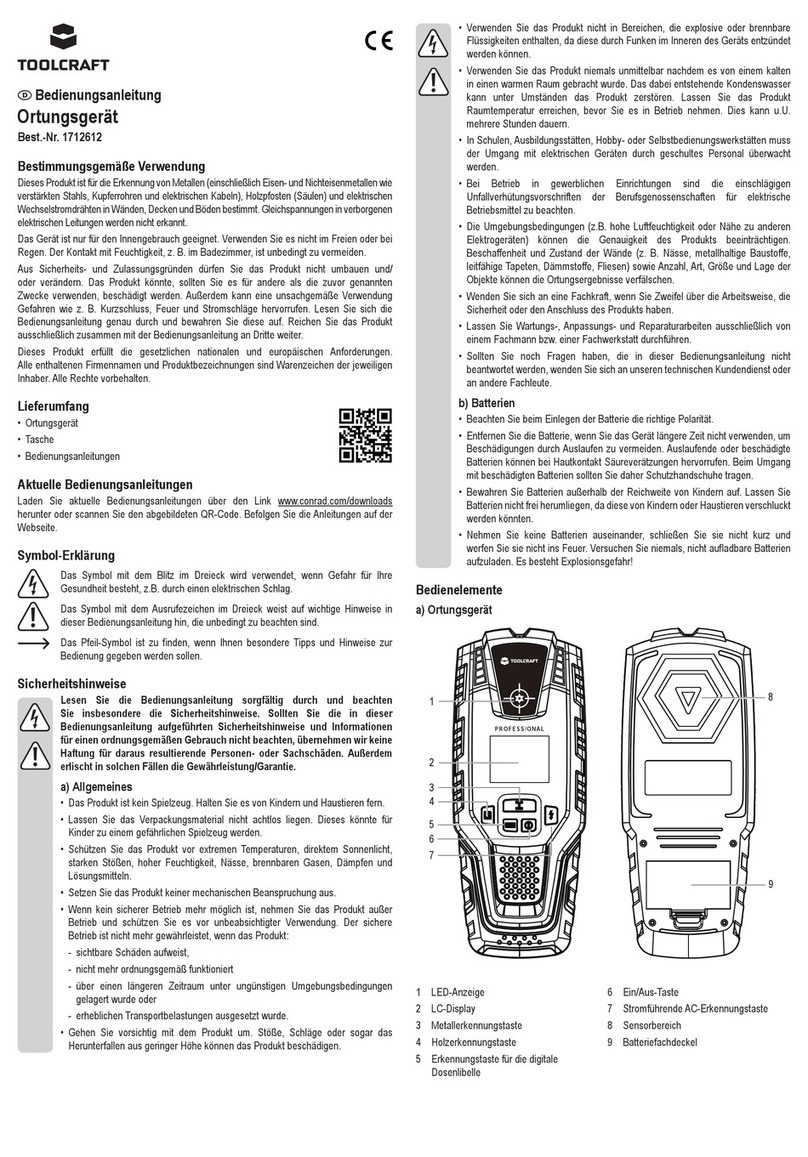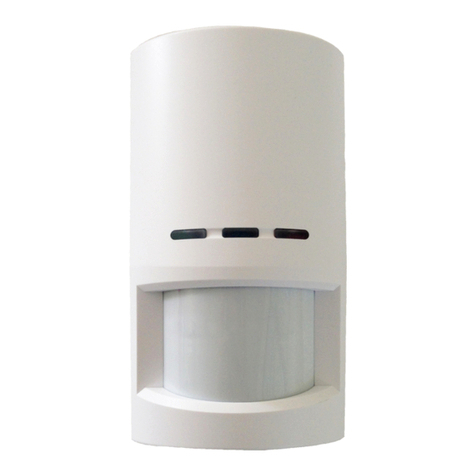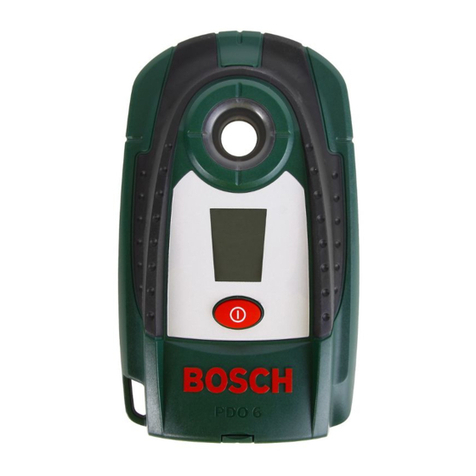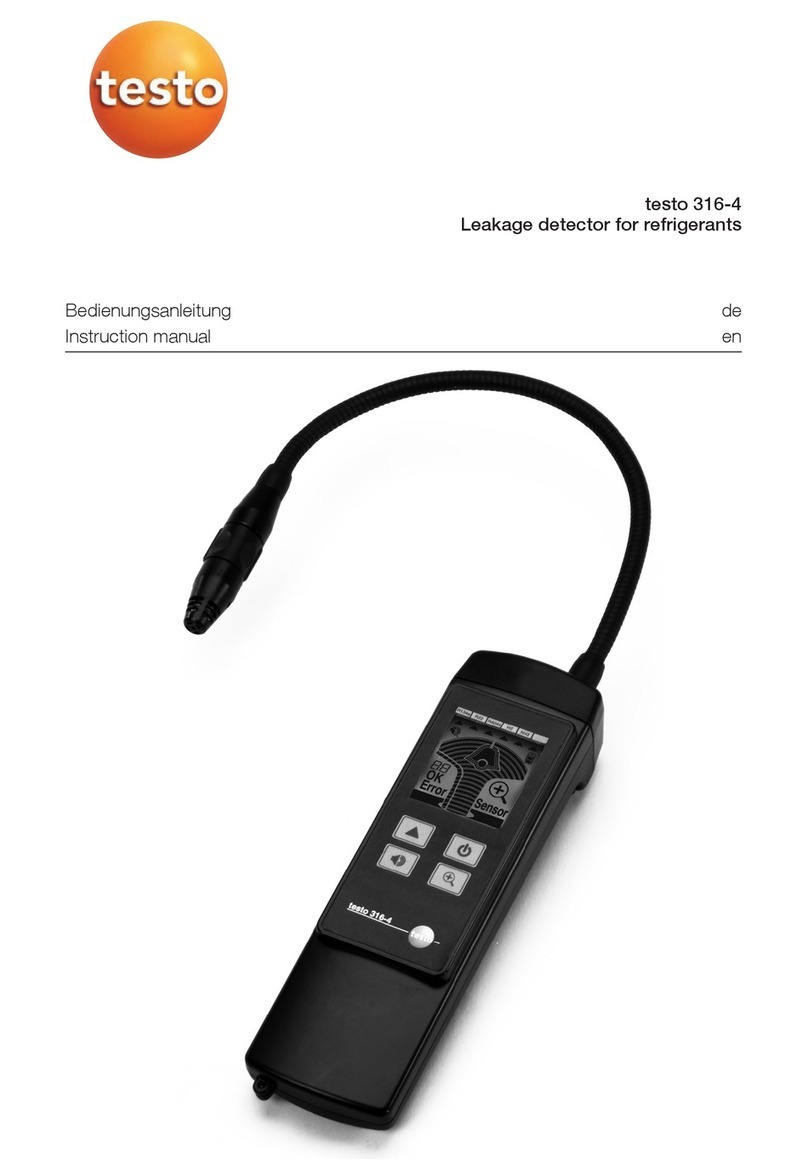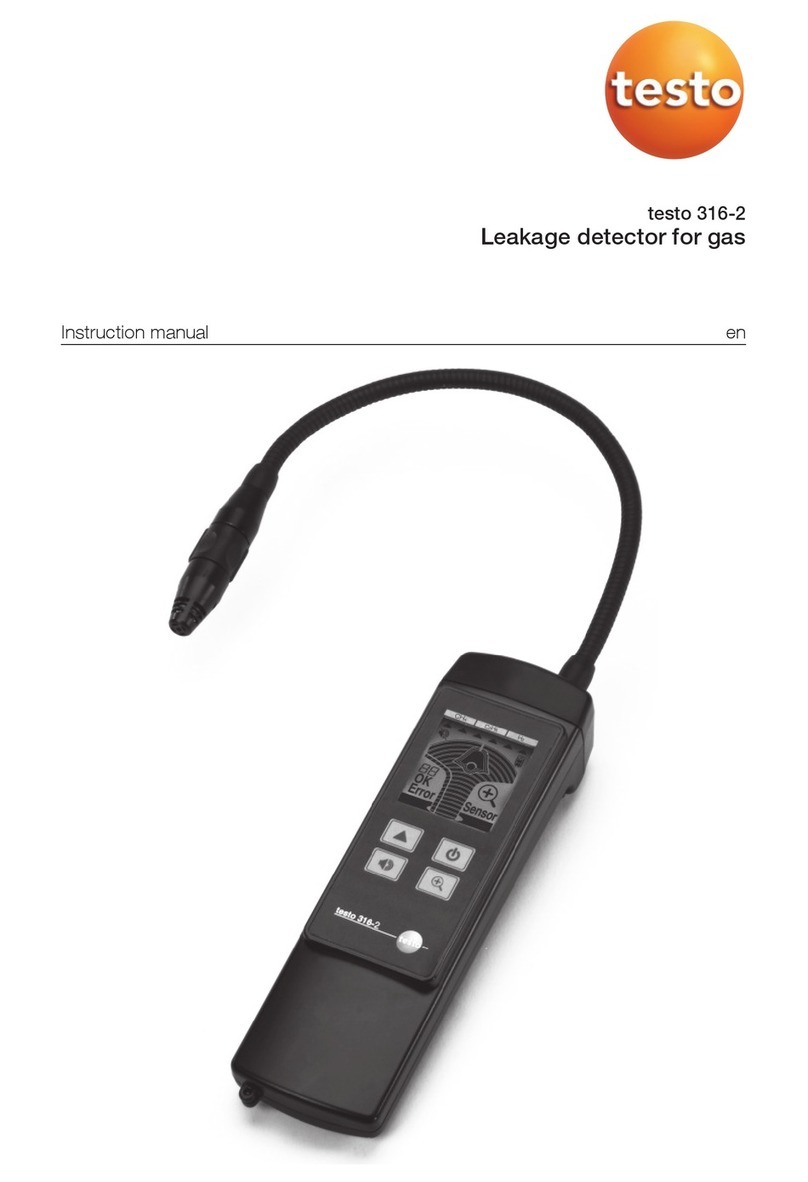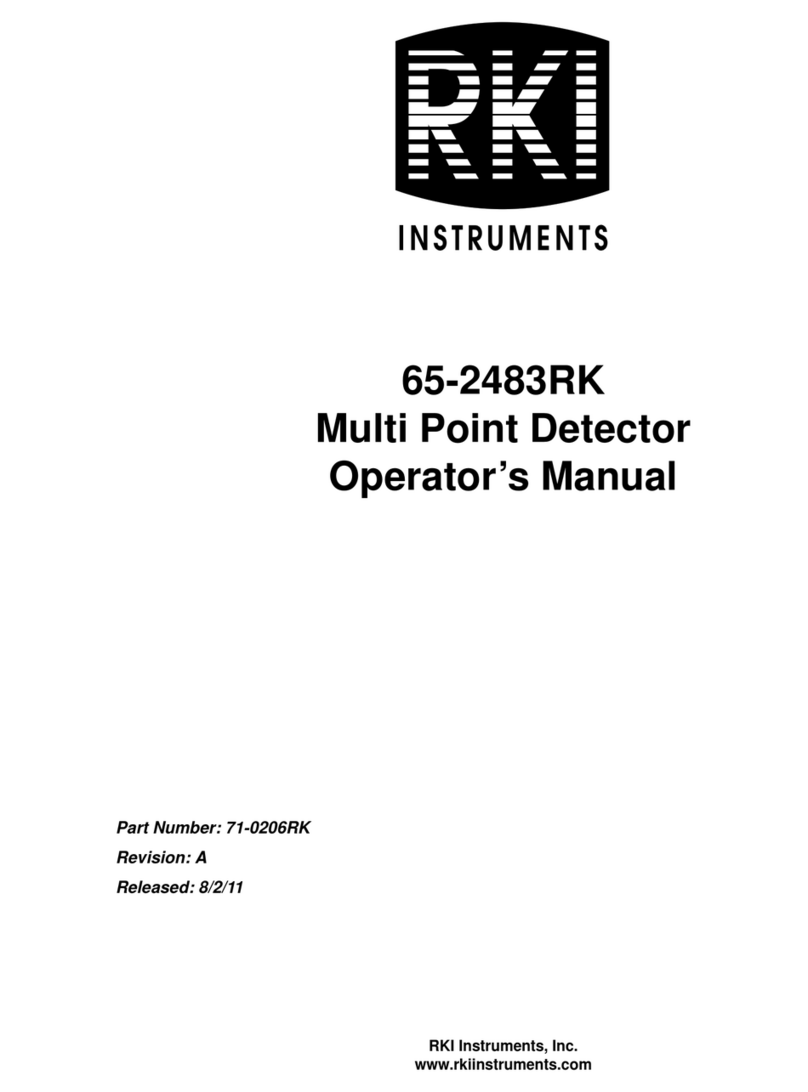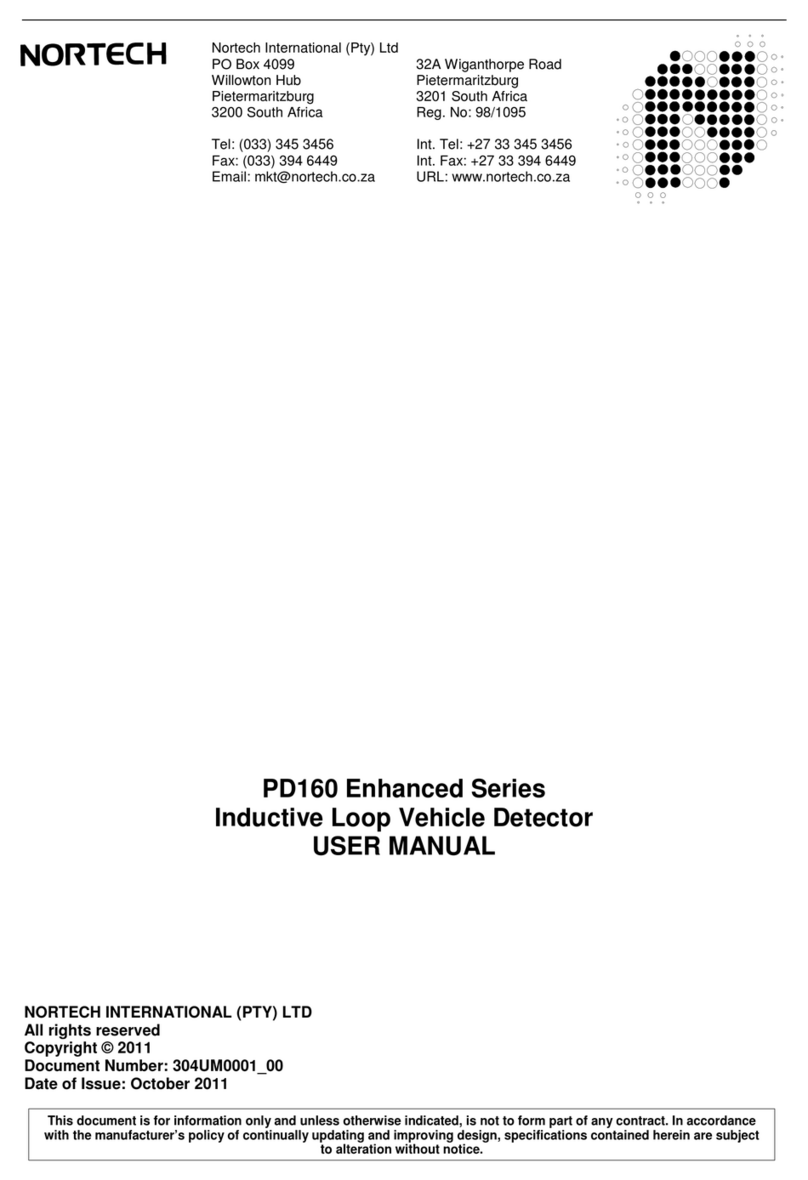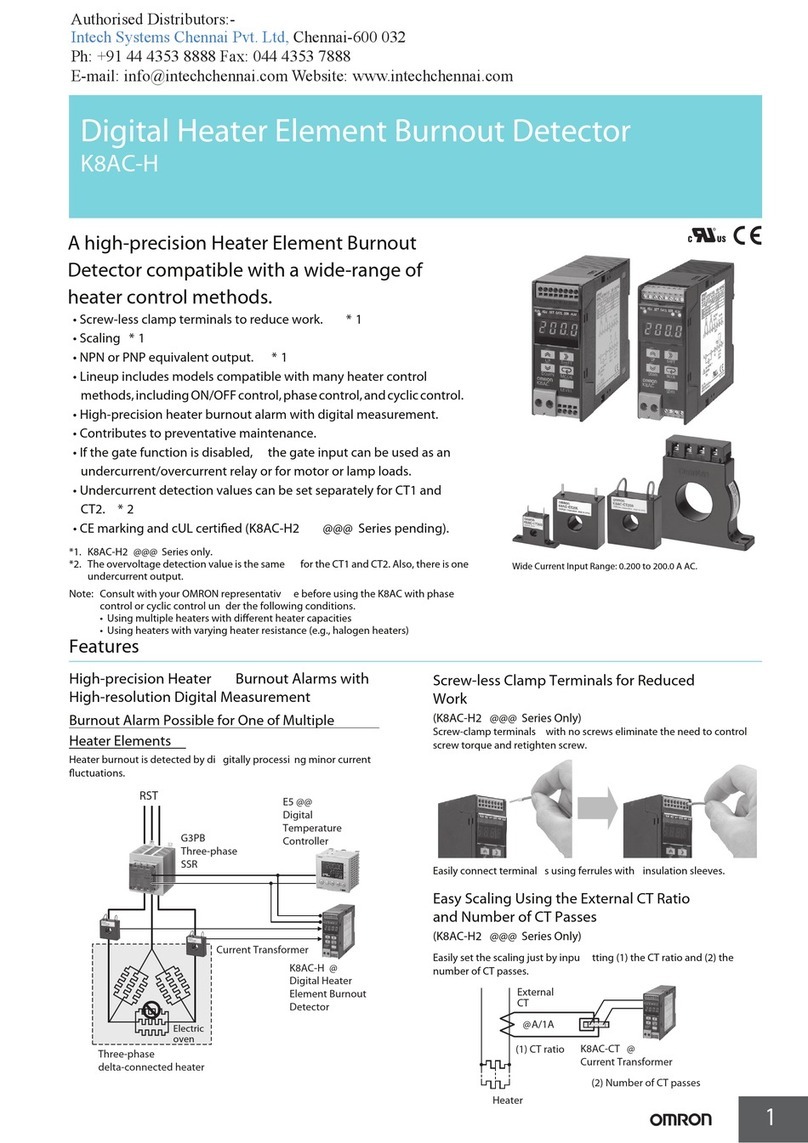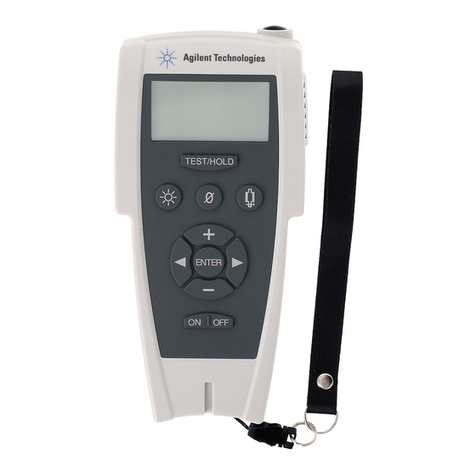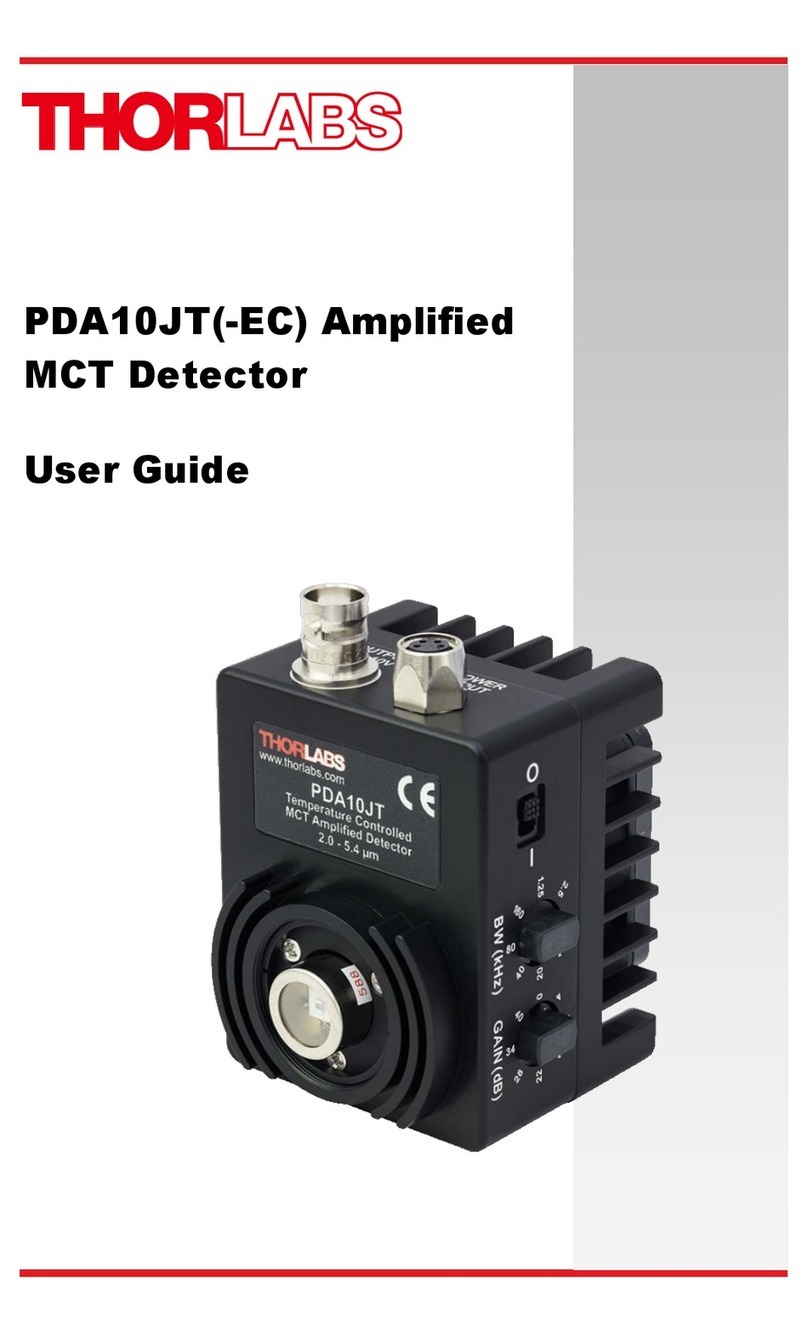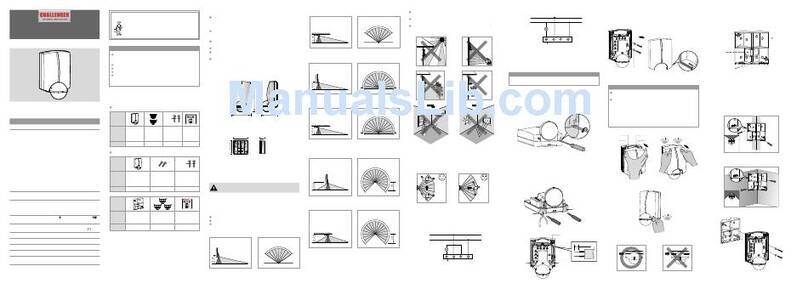4 First steps
9
•T126 (example): sensor table version (important information
in the event of service)
•PPM: measuring unit, alarm LED (red) and status LED
(green) alternately light up
•Display light is switched on
•152 (example): check value (important information in the
event of service)
•CH4 (methane), C3H8 (propane) or H2 (hydrogen): set gas
type
•EN (English), DE (German), FR (French), ES (Spanish), IT
(Italian) or CS (Czech): set instrument language
•batt and bar graph: remaining battery capacity
•NP and two short signal tones: automatic zeroing is
performed
- The instrument is ready for use if the status LED (green) lights
up and a reading is shown in the display.
- With ToN3 (readiness tone) function activated, a short signal
tone is also emitted every 20 s as an indication of the readiness
for operation.
Switching off
> Push down on/off switch on the right side of the instrument.
Set language
The instrument language is set to EN (English) in the condition on
delivery. Proceed as follows to change the instrument language:
✓The instrument is in the measurement view.
1. Press and hold [--> 0 <--] for approx. 8s until a pulsed signal
tone sequence sounds.
2. Repeatedly press [--> 0 <--] briefly until LANGUA is shown.
3. Press and hold [--> 0 <--] until the display changes.
4. Repeatedly press [--> 0 <--] briefly until the desired language is
shown: EN (English), DE (German), FR (French), ES (Spanish),
IT (Italian) or CS (Czech).
5. Press and hold [--> 0 <--] until the display changes.
- EXIT is displayed.
6. Press and hold [--> 0 <--] until the display changes.
- The instrument is once again in measurement view.
www. .com information@itm.com1.800.561.8187

